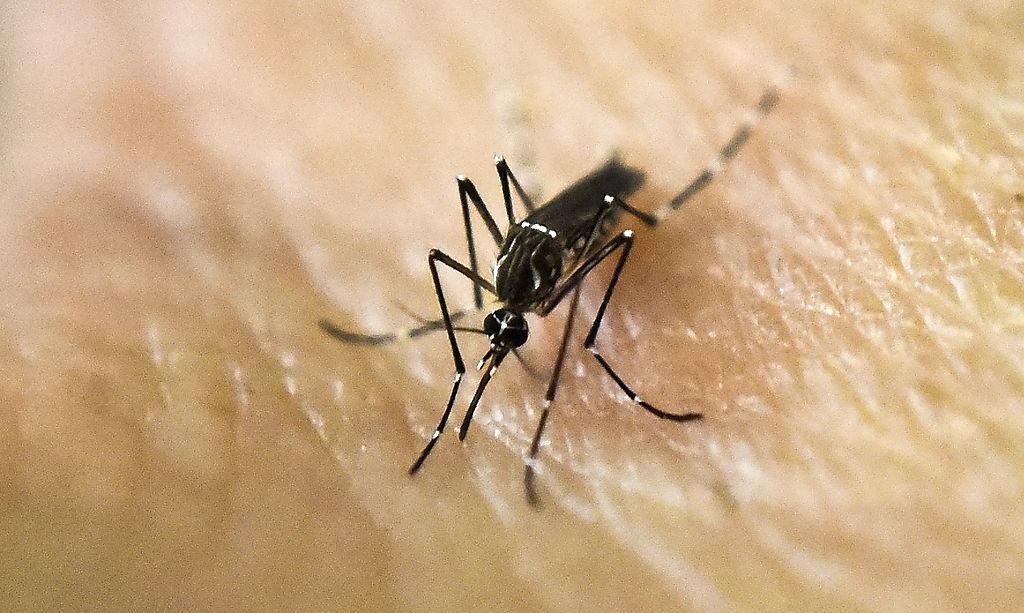The Daily Star
Major terminals and depots in the capital have become ideal breeding grounds for Aedes mosquito, the carrier of dengue virus, thanks to puddles formed in discarded tyres and plastic containers.
Plastic barrels that are filled with rainwater and left untouched for days are also common around the terminals, giving the Aedes larvae ample spaces to grow and multiply.
Meanwhile, more than 2,400 people have been infected with the dengue virus over the past few months.
In recent visits to bus terminals in Sayedabad, Gabtoli and Mohakhali, Tejgaon truck terminal, and BRTC bus depot in Gabtoli, these correspondents saw mosquito larvae in puddles in numerous discarded objects.
“Discarded tyres are one of the main places where the Aedes breeds,” Prof Kabirul Bashar, entomologist at Jahangirnagar University, told this newspaper.
In a survey on the capital’s terminals in June, a team from the university found Aedes larvae in 50 percent of the tyres that contained water.
Discarded tyres should not be left in places where those can get filled with clearwater.
At Sayedabad terminal, where mosquito larvae could be seen in the tyres left in the open, a bus driver said transport company employees dump tyres wherever they wish.
Noor Mohammad, owner of a garage, said he saw at least seven discarded tyres containing rainwater beside his garage after the lockdown began. The staffers of a tyre shop beside his garage had dumped those.
These correspondents also saw larvae in discarded tyres near the gate of a mosque at Tejgaon Truck Terminal.
In the Gabtoli area, discarded tyres can be found not only at the terminal but also near different shops selling automotive products and on the Flood Protection Embankment.
On the terminal premises alone, at least 60 barrels with stagnant rainwater were left out in the open.
Rahmat, an employee of the owner of the barrels, said those were lying around because of the lockdown.
In response to a query, he said he had no idea that the dengue-spreading mosquito breeds in clear stagnant water.
Around 20 discarded tyres with rainwater were seen at Mohakhali terminal.
At BRTC bus depot, around 40 buses lying idle for several years can also be a good source of the Aedes.
Last week, both the Dhaka city corporations started conducting mobile courts to find Aedes mosquito larvae at houses, construction sites and other places. The courts fine owners of properties where Aedes larvae are spotted.
Meanwhile, at least 170 dengue patients were admitted to different hospitals in the capital in 24 hours till 8:00am yesterday. Only six of them are from outside Dhaka.
With them, a total of 2,462 patients have been diagnosed with dengue this year, according to the Directorate General of Health Services (DGHS).
Of them, only 67 are from outside Dhaka.
In July alone, at least 1,896 people were diagnosed with the virus. Last month, 272 cases were detected while 43 were detected in May.
At present, 709 patients are undergoing treatment at hospitals in Dhaka, and 30 elsewhere, according to the DGHS.

